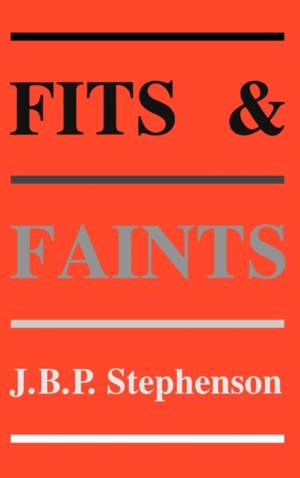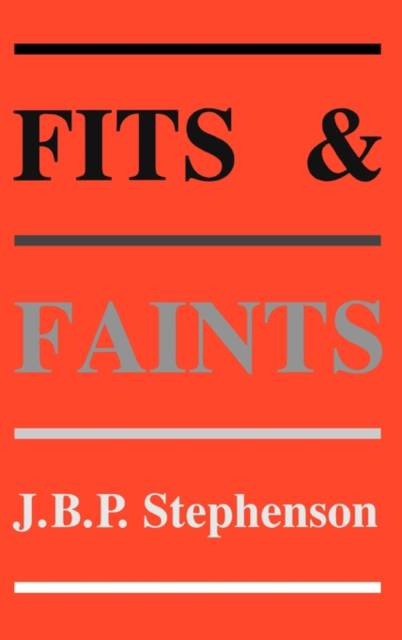
Je cadeautjes zeker op tijd in huis hebben voor de feestdagen? Kom langs in onze winkels en vind het perfecte geschenk!
- Afhalen na 1 uur in een winkel met voorraad
- Gratis thuislevering in België vanaf € 30
- Ruim aanbod met 7 miljoen producten
Je cadeautjes zeker op tijd in huis hebben voor de feestdagen? Kom langs in onze winkels en vind het perfecte geschenk!
- Afhalen na 1 uur in een winkel met voorraad
- Gratis thuislevering in België vanaf € 30
- Ruim aanbod met 7 miljoen producten
Zoeken
Omschrijving
This book is concerned with one of the major areas of misdiagnosis in medicine today. It has been estimated that as many as thirty percent of children typed as "epileptic" when presenting with loss of consciousness, falls or other paroxysmal episodes have, in fact, non-epileptic attacks. Yet because of the stigma attached to this label, and the frequent side effects of anti-epileptic drugs, it is important that the alternative etiological mechanisms be recognized. The most common of these conditions, the vagalmediated anoxic seizure or fainting fit, is so frequent that it will be encountered by anyone involved in the practice of clinical medicine in its widest sense. These seizures are discussed in depth using original data and extensively reviewing the literature. Many other less common, but nonetheless important, varieties of fits, faints and "funny turns" are self-induced by a Valsalva maneuver, and motor events ranging from day-dreaming to the effects of suffocation and brain swelling. As Jean Aicardi writes in his foreword to this volume: "Over 140 case histories...bring the flavor of real life into an exhaustive, yet highly readable account...This monograph is undoubtedly the most comprehensive source of information available about the various types of anoxic attacks, their clinical and EEG features, mechanisms and prognosis...This is a delightful book that anyone involved in clinical medicine in general and child neurology in particular will enjoy reading."
Specificaties
Betrokkenen
- Auteur(s):
- Uitgeverij:
Inhoud
- Aantal bladzijden:
- 202
- Taal:
- Engels
- Reeks:
- Reeksnummer:
- nr. 109
Eigenschappen
- Productcode (EAN):
- 9780521411967
- Verschijningsdatum:
- 26/04/1991
- Uitvoering:
- Hardcover
- Formaat:
- Genaaid
- Afmetingen:
- 156 mm x 234 mm
- Gewicht:
- 476 g

Alleen bij Standaard Boekhandel
+ 136 punten op je klantenkaart van Standaard Boekhandel
Beoordelingen
We publiceren alleen reviews die voldoen aan de voorwaarden voor reviews. Bekijk onze voorwaarden voor reviews.









